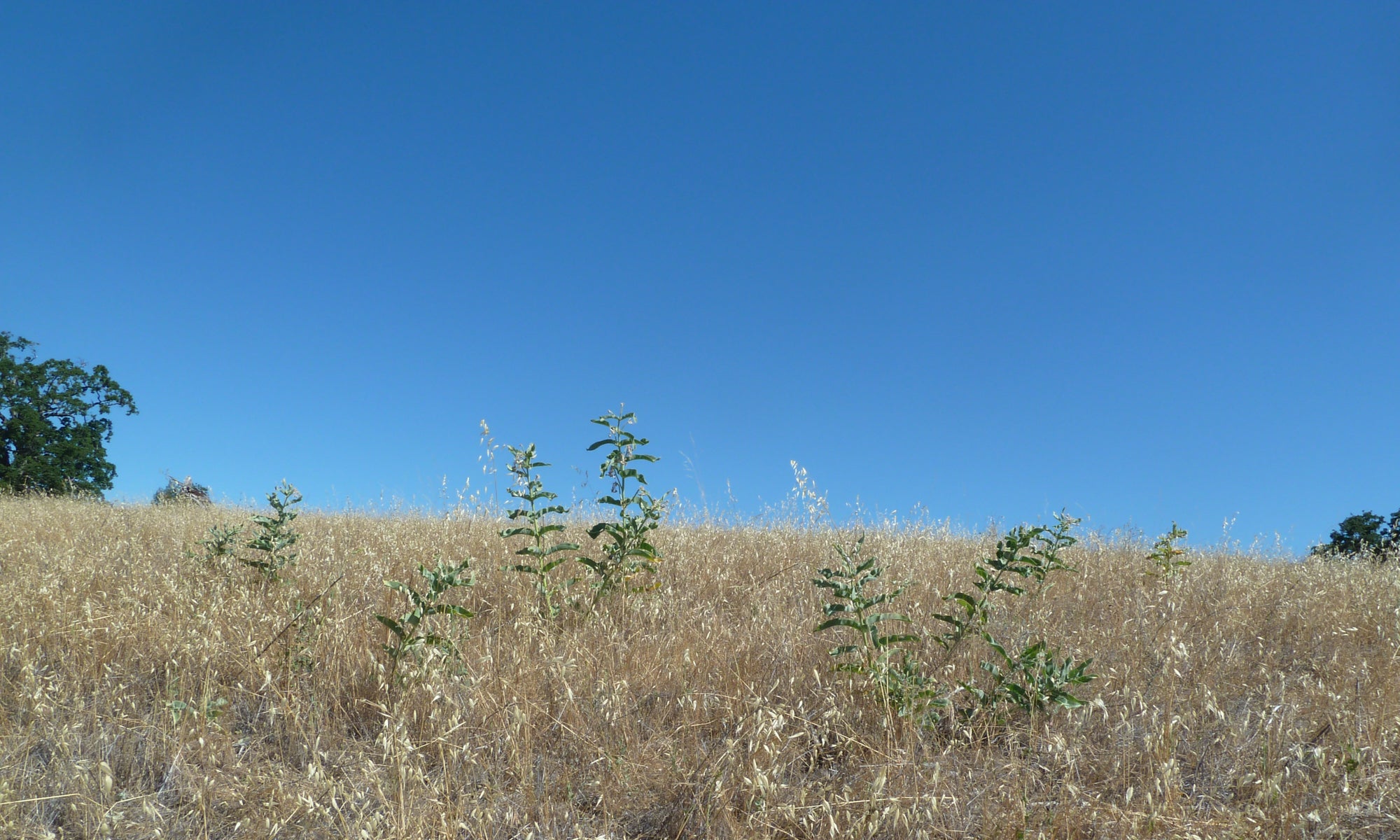Louie H. Yang and Richard Karban
Abstract
While many studies have investigated plant growth in the context of episodic herbivory and pressed resource availability, relatively few have examined how plant growth is affected by pulsed resources and chronic herbivory. Periodical cicadas (Magicicada spp.) adults represent a pulsed detrital subsidy that fertilizes plants, while live cicada nymphs are long-lived root-feeding herbivores. Previous studies of cicada herbivory effects have been inconclusive, and previous studies of cicada-mediated fertilization did not examine effects on trees, or on a multi-year timescale. Here we describe the results of a three-year experiment that factorially manipulated the presence and absence of cicada fertilization and herbivory in a population of 100 American sycamore (Platanus occidentalis) trees. We found that cicada fertilization strongly increased tree growth in the year of emergence, creating differences in tree size that persisted at least two years later. By comparison, we did not detect reductions in tree growth associated with cicada herbivory in any year of this experiment. However, cicada herbivory reduced the densities of, and damage from, other aboveground herbivores. These results suggest that cicadas affect the size structure of forests over multiple years, and raise questions about how cicada-mediated fertilization and herbivory will affect tree growth over longer timescales.
Ecology

